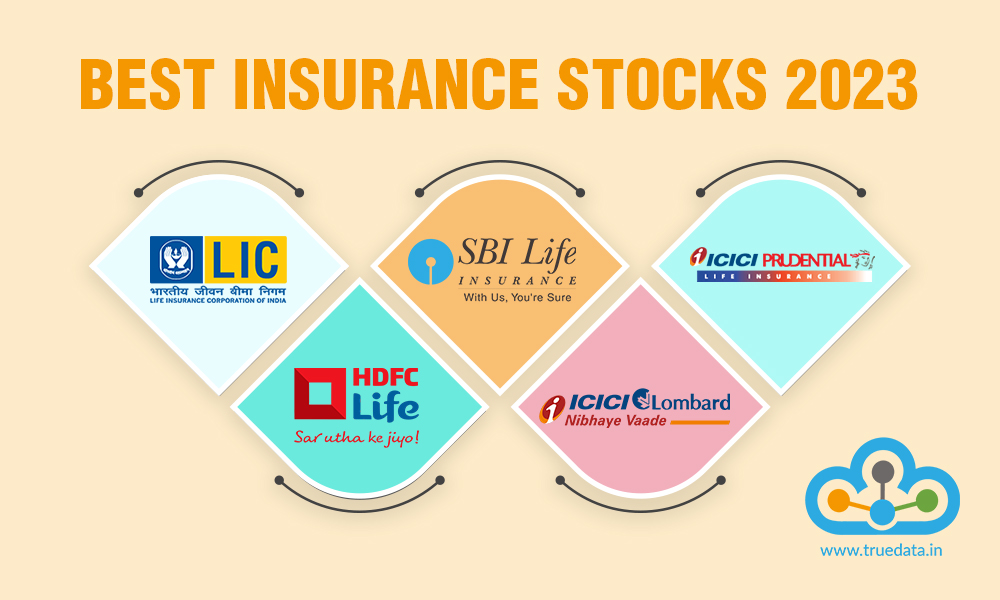
The world today is more aware of the need for insurance than it was ever before. While our older generation used to put off taking insurance as a last priority, the younger generation today is more aware of the importance of taking timely insurance and how it is a crucial part of budgeting and financial planning. But did you know that even today, only 3 out of 100 actually have insurance in India? This leaves a huge population which is essentially an untapped market for the insurance sector. With the growing demand for insurance in the country, it is the best time for the insurance sector as a whole which is also reflected in the growing stock prices of insurance companies. Check out this blog to know the top insurance companies in India in terms of market capitalisation and key details of this sector.
Read More: Sector Analysis - Investing in the AI Sector in India
Life Insurance Corporation (LIC) is dominant in the Indian insurance market, commanding a remarkable 66.2% market share in new business premiums. LIC caters to various financial needs by offering a diverse range of participating and non-participating products. LIC provides comprehensive solutions from unit-linked insurance and saving products to term insurance, health insurance, and annuity/pension products. Its commitment to financial security and wealth accumulation positions LIC as a key player in ensuring the well-being and future stability of individuals throughout India.
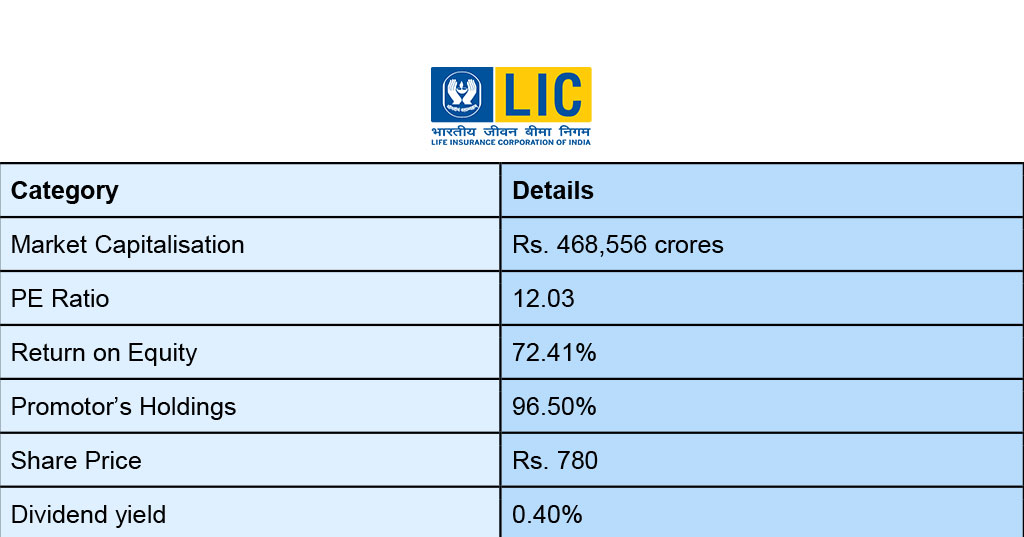
The trailing returns of LIC are,

SBI Life Insurance Company Limited functions as a private life insurance company in India, offering a diverse range of life and group insurance products, including participating and non-participating policies, pension plans, group gratuity, and health insurance. Established in 2000 and headquartered in Mumbai, the company operates as a subsidiary of the State Bank of India. Its product portfolio encompasses individual and group policies, accident and disability coverage, critical illness insurance, and micro insurance. SBI Life Insurance employs a multi-channel distribution network that includes individual agents, brokers, corporate agents, banca partners, and certified insurance facilitators. The company's operations are widespread through various partner branches across the country.
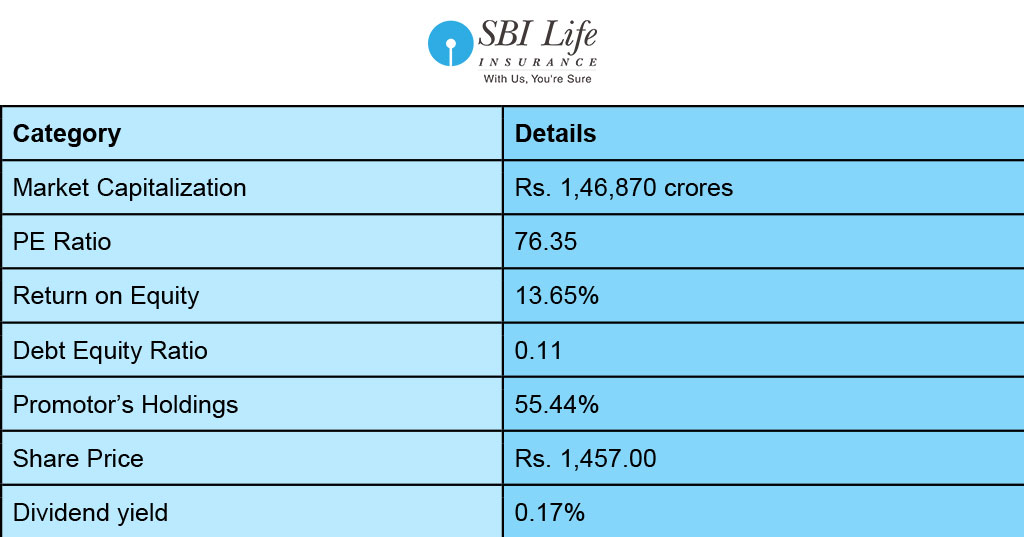
The trailing returns of SBI Life Insurance are,

HDFC Life Insurance Company is actively involved in the provision of life insurance services, offering a diverse array of individual and group insurance solutions. Its comprehensive portfolio includes a variety of insurance and investment products, covering areas such as Protection, Pension, and Savings. The company is committed to meeting the diverse needs of its customers by providing a range of offerings that cater to different aspects of life insurance, ensuring financial protection, retirement planning, and savings opportunities.
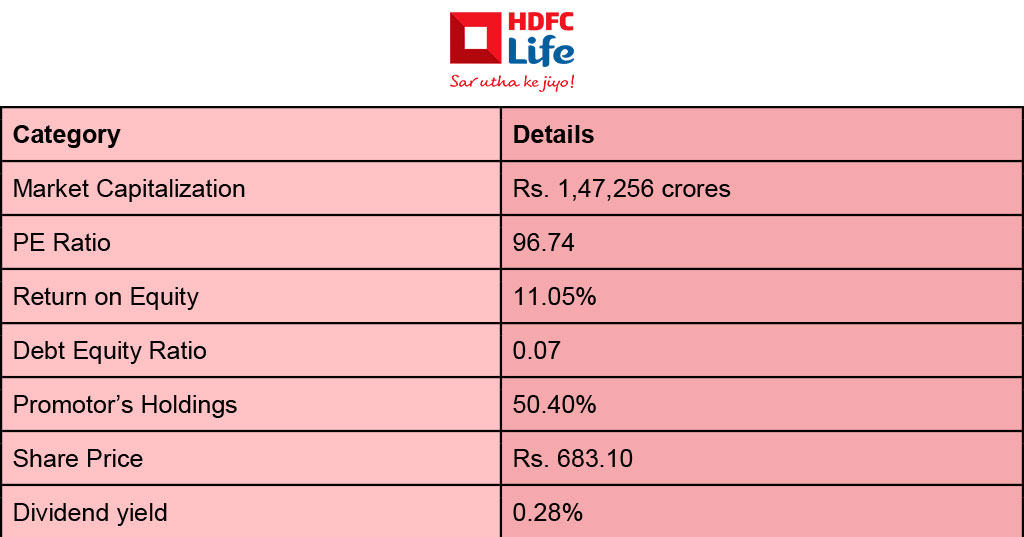
The trailing returns of HDFC Life Insurance are,

ICICI Prudential Life Insurance Company Ltd specialises in providing life insurance, pensions, and health insurance products to both individuals and groups. The company operates in participating, non-participating, and unit-linked business segments, distributing its diverse range of products through individual agents, corporate agents, banks, brokers, its sales force, and the company's website. ICICI Prudential is jointly promoted by ICICI Bank, holding a 51% stake, which is the second-largest private bank in India, offering a wide range of financial products and services. Additionally, Prudential Plc holds a 22% stake and is a British multinational insurance company with a significant presence in Asia and the African subcontinent. It stands as the largest UK life insurer in Asia, with operations spanning various countries in these regions.
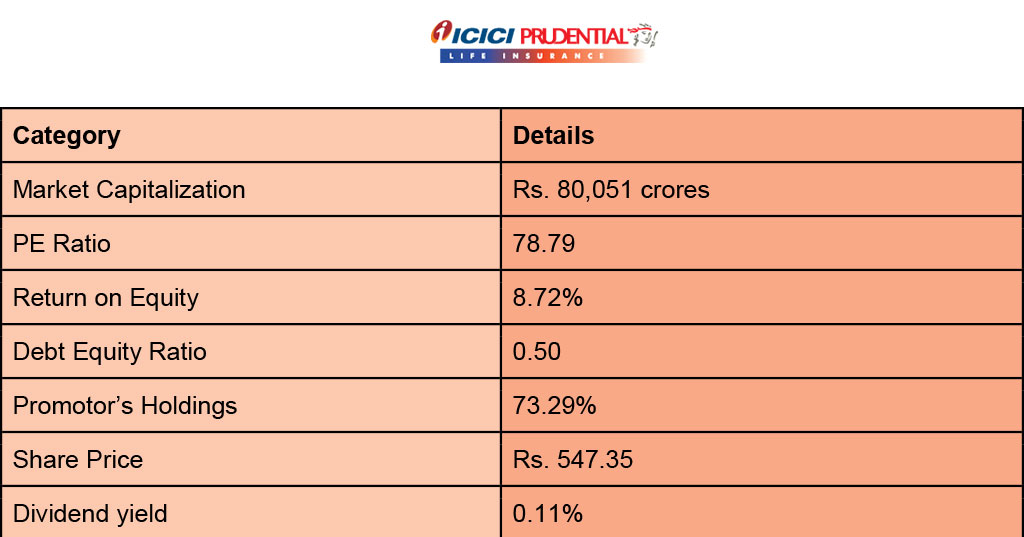
The trailing returns of ICICI Prudential Life Insurance are,

ICICI Lombard General Insurance Company Limited is a leading provider of diverse general insurance products and services in India. Established in 2000 and based in Mumbai, the company offers a wide range of insurance solutions, including fire, marine, crop, health, personal accident, motor, home, travel, and cyber insurance. Additionally, it provides services such as employee group insurance, engineering liability solutions, underwriting, claims, and reinsurance. The company caters to a broad customer base, including corporates, SMEs, Government entities, rural customers, and individuals. Its distribution channels encompass agents, brokers, bancassurance, telesales, direct alliances, motor insurance service providers, and online platforms. ICICI Lombard General Insurance is recognized for its extensive portfolio and commitment to serving diverse insurance needs in the Indian market.
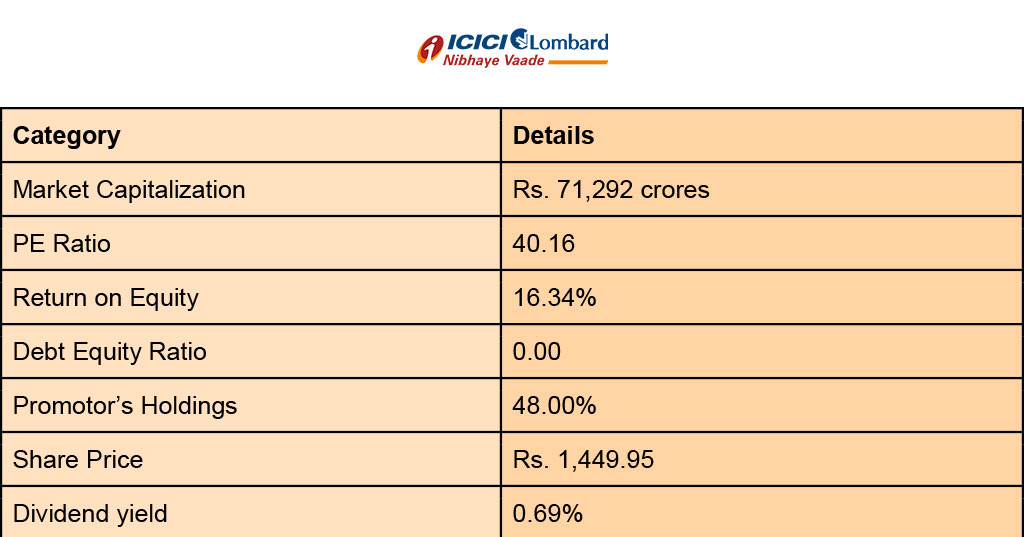
The trailing returns of ICICI Lombard General Insurance are,

The insurance sector in India is one of the strongest pillars of the financial fabric of the country. Here is a detailed analysis of the insurance sector through a few key factors.
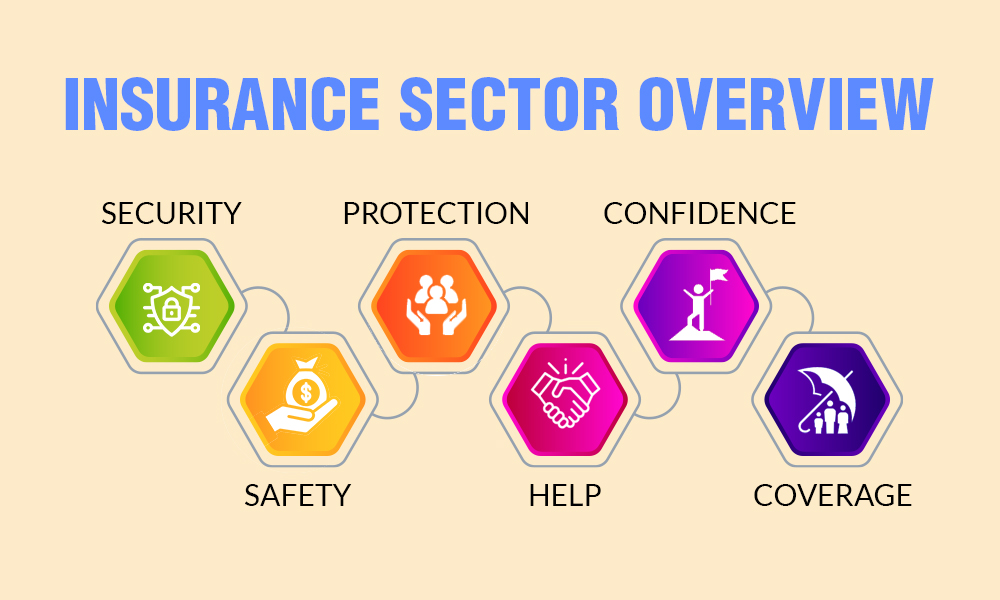
India stands as the fifth-largest life insurance market among emerging economies, experiencing robust annual growth rates ranging from 32-34%. The industry permits Foreign Direct Investment (FDI) up to 26% under the automatic method, overseen by the Insurance Regulatory and Development Authority of India (IRDAI). With a total of 57 insurance companies, comprising 24 in life insurance and 34 in non-life insurance, the sector has witnessed significant transformations marked by new developments, regulatory modifications, proposed amendments, and substantial growth in 2022. These changes have not only created new growth opportunities but have also ensured the industry's adaptability to contemporary trends and digital disruptions. The IRDAI, as the insurance regulator, remains proactive and forward-thinking, striving to realise its mission of 'Insurance for all by 2047' with strategic plans to address industry challenges effectively.

The Government of India in recent years has given an increased allocation of resources to boost the insurance sector in the country and ensure its goal of enabling access to insurance for everyone under their ‘ Insurance for all by 2047’ mission. Some of these initiatives are mentioned below.
Ayushman Bharat (Pradhan Mantri Jan Arogya Yojana) (AB PMJAY) provides health coverage of Rs. 5 lakh (US$ 6,075) annually per family for secondary and tertiary care hospitalisation.
In FY23, insurance coverage was extended to 44.6 crore individuals through PM Suraksha Bima and PM Jeevan Jyoti Yojana.
The government's primary crop insurance initiative, Pradhan Mantri Fasal Bima Yojana (PMFBY), has contributed significantly to the growth of premium income in crop insurance.
In September 2021, the Union Cabinet approved an investment of Rs. 6,000 crore (US$ 804.71 million) in entities providing export insurance cover. This initiative aims to facilitate additional exports amounting to Rs. 5.6 lakh crore (US$ 75.11 billion) over the next five years.
The Indian insurance market is projected to reach US$ 222 billion by 2026. Investments in this sector have been on a constant rise over the years. The sector saw a 16.3% contribution of the total FDI inflows between April 2000 to June 2023. In 2000, India opened its insurance sector to private companies, initially allowing a 26% limit on Foreign Direct Investment (FDI). This cap was raised to 49% in 2014 and further increased to 74% in the Union Budget of February 2021. The IPO of the Life Insurance Corporation (LIC) of India, held in 2022, emerged as India's largest IPO and the sixth-largest globally for the year. As of November 2022, LIC's listing contributed to over a third of the resources mobilised in the primary equity market. Insurers are now empowered to launch new health insurance products without requiring approval from the Insurance Regulatory and Development Authority of India (IRDAI). This flexibility, initially granted for group insurance products, has been extended to retail products, offering insurers an opportunity to introduce innovative and customised products to cater to dynamic market needs. This is expected to contribute to the growth of insurance penetration in India.
The insurance sector in India is a rapidly growing sector with Insuretech one of its fastest growing segments. The estimated value of India's Insurtech market opportunity reaches as high as $339 billion. Given a considerable portion of the Indian population lacks access to traditional insurance products, there exists significant potential for insurtech firms to tap into this market by providing affordable and user-friendly digital insurance products. The untapped market and growing digital adoption present a favourable landscape for Insurtech companies to meet the insurance needs of a large population in India along with the traditional public sector and private sector players in the country.
This blog provides a bird’s eye view of the insurance sector in India and the top stocks in this industry. Let us know if you need any further information on the stocks mentioned here or any other details of the sector as a whole and we will address them.
Till then Happy Reading!

Introduction For the longest time, investment in stock markets was thought to b...

Process of Selecting Top Stocks for Investing The first step towards picking a ...

The stock markets have seen massive volatility over the past few months. The ec...